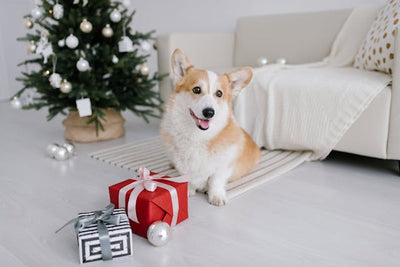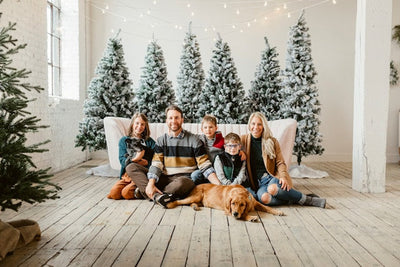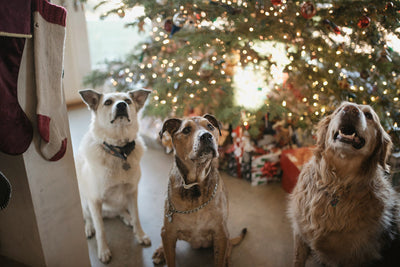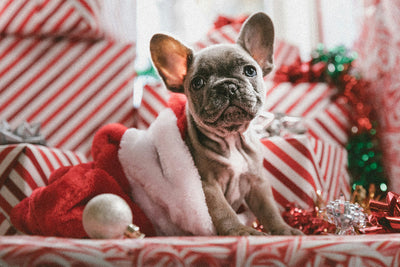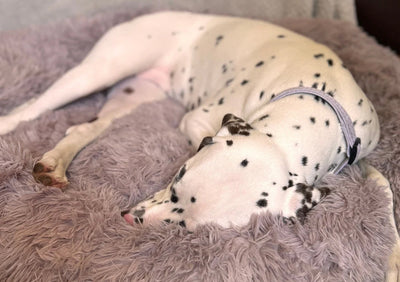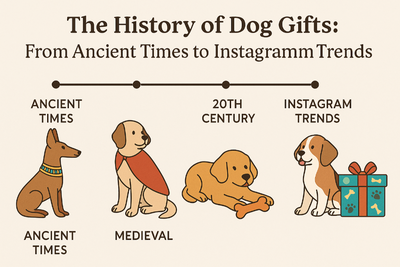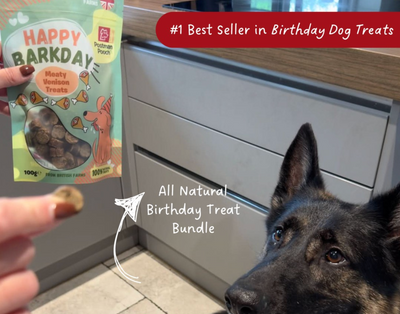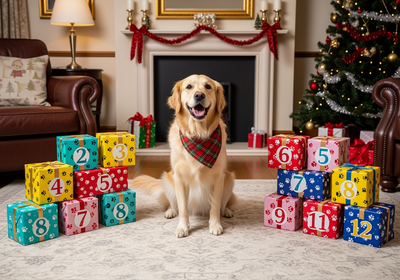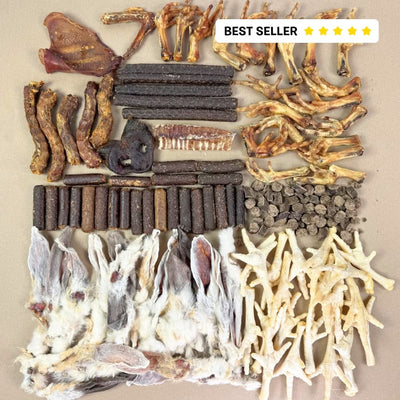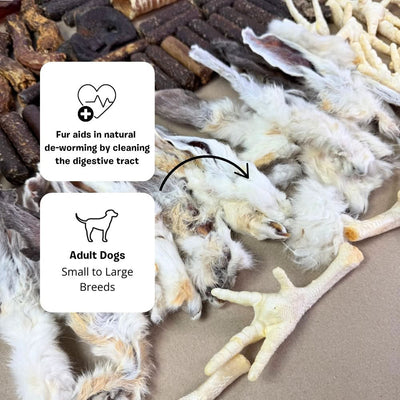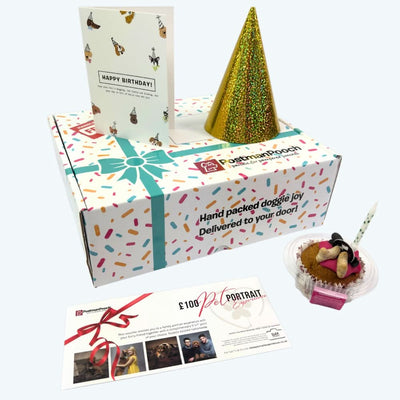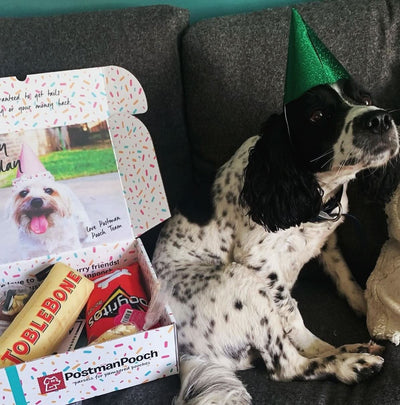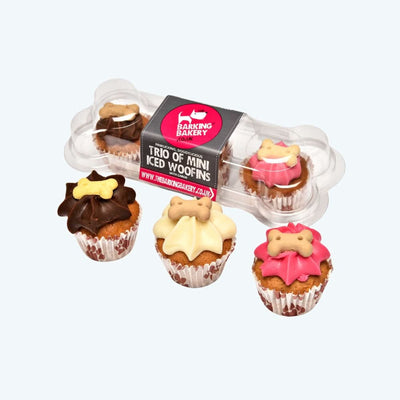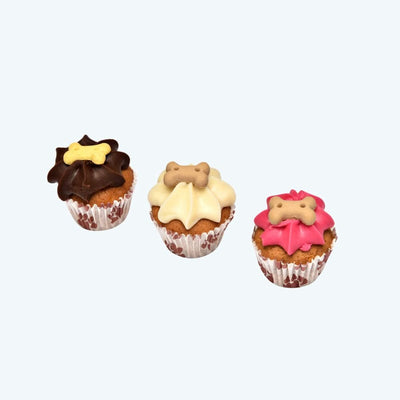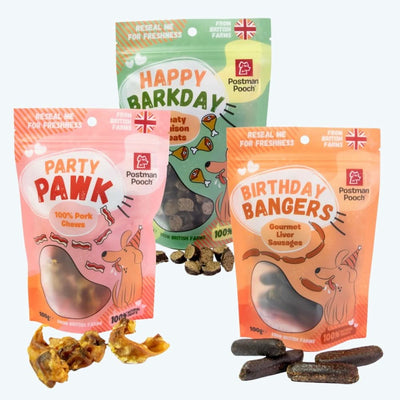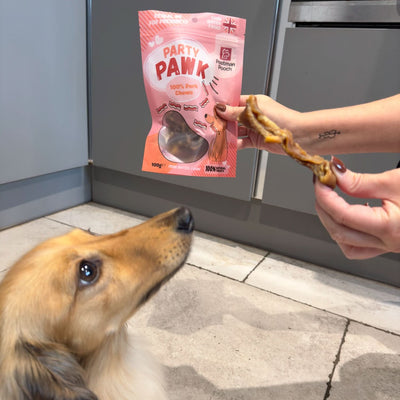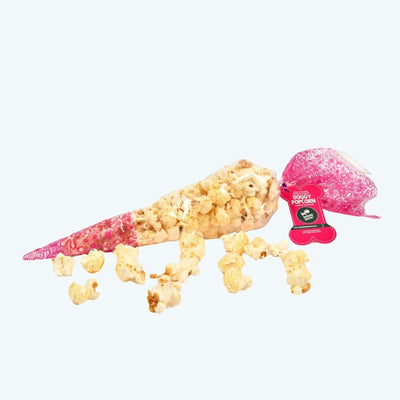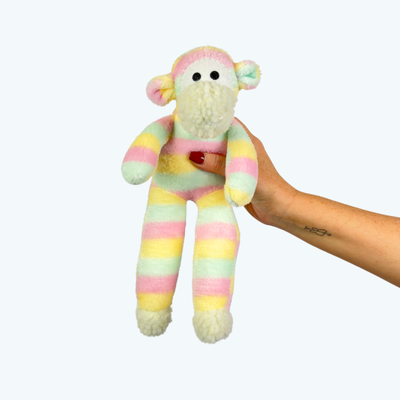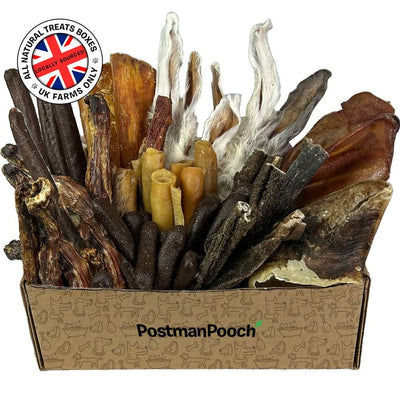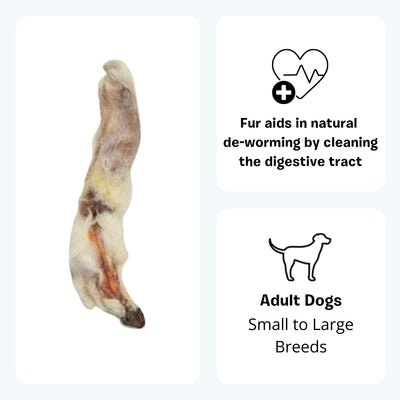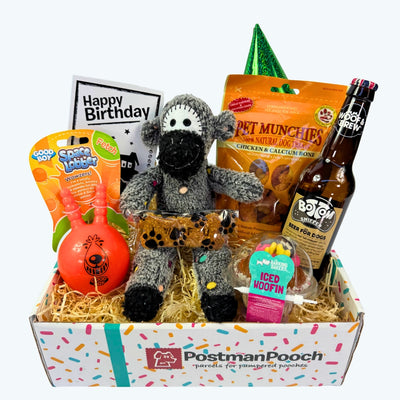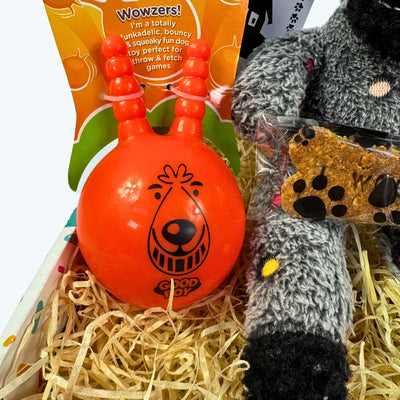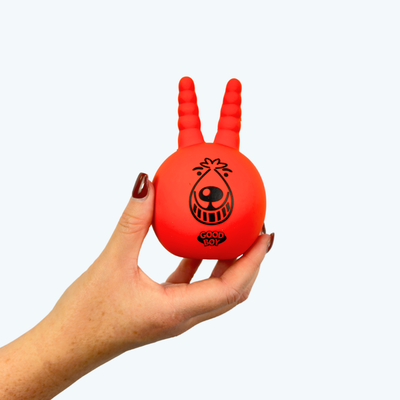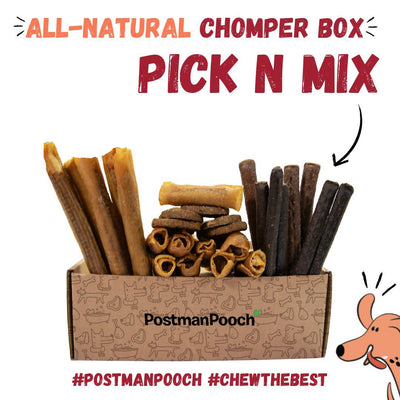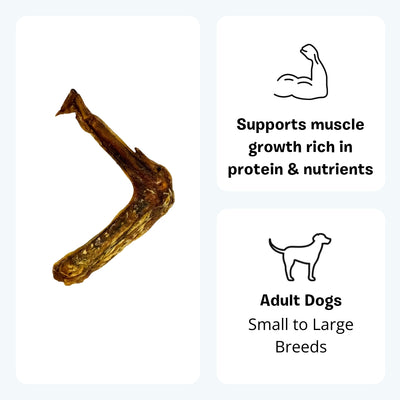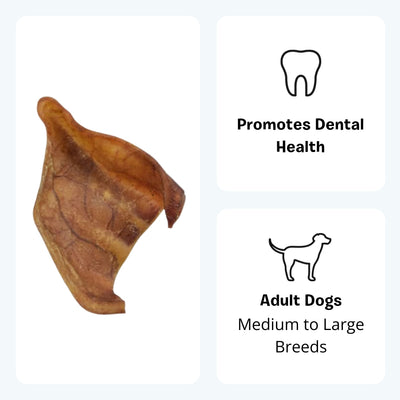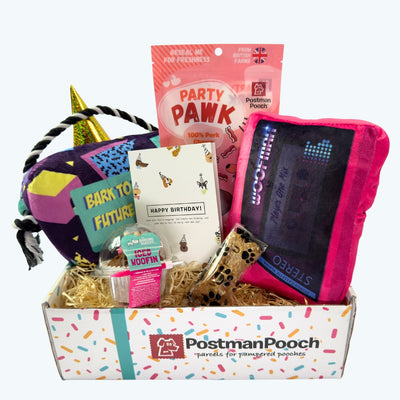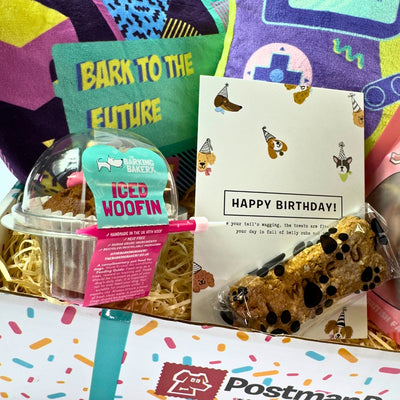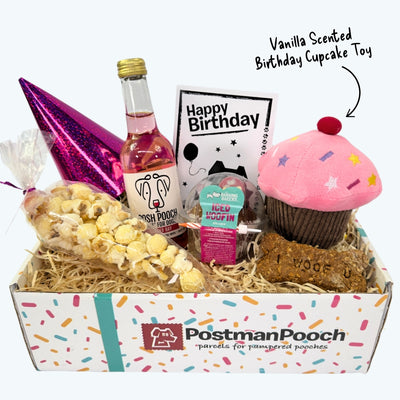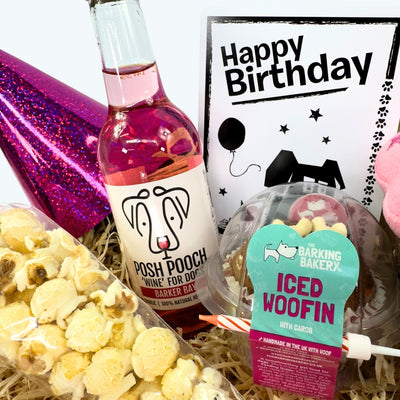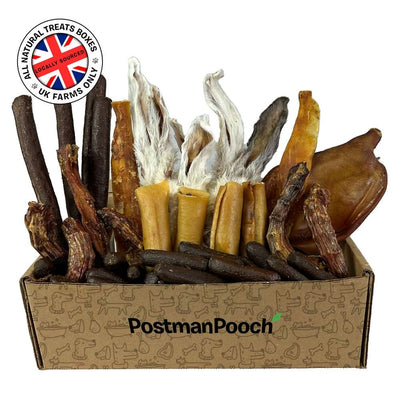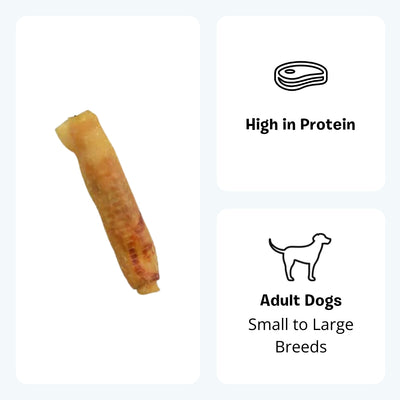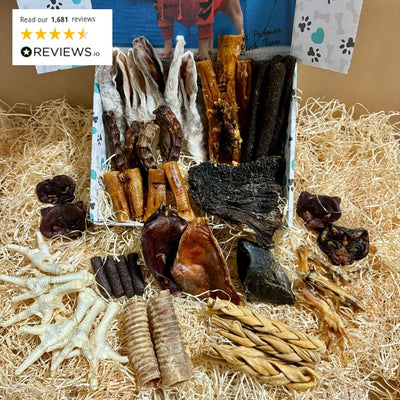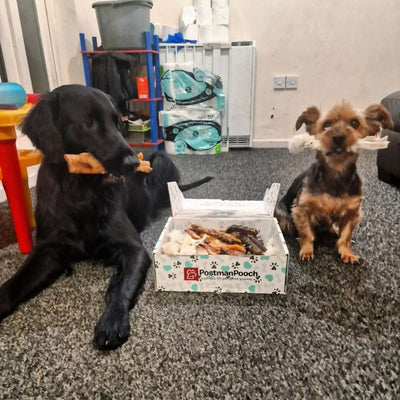Bringing home a new puppy is equal parts joy and chaos—they’re cute, cuddly, and probably chewing something they shouldn’t. But one of the most important things you can do early on (before they start ruling the house) is socialise them properly.
Getting your pup comfortable with the world around them sets the stage for everything else—walks, meeting new people, vet visits, other dogs at the park… you name it.
Why Socialisation Matters
Socialisation just means gently introducing your pup to new sights, sounds, smells, people, and places. Done right, it helps them grow into a confident, relaxed dog that doesn’t lose the plot when something new happens.
It can help prevent:
- Fearful reactions to everyday things (like bikes or hoovers)
- Anxiety around people or dogs
- Aggressive or reactive behaviour later on
Basically, the more positive experiences your puppy has early on, the more chilled they’ll be as they grow up.
When Should You Start?
The magic window is between 3 and 14 weeks old. That’s when puppies are most open to new stuff. But don’t panic if you’re past that—socialisation is still totally possible beyond this stage. It just takes a bit more patience.
Keep in mind: if they’re not fully vaccinated yet, avoid places with lots of unknown dogs (like busy parks). Start safe and small.
Where to Socialise Your Puppy
Think everyday places they’ll encounter in life. Try things like:
- Walks around the block (quiet streets at first)
- Trips to a friend’s house
- Sitting outside a coffee shop or pet-friendly pub
- A slow walk past a school at pick-up time
- The vet or groomer (just for a visit, not an appointment!)
You want them to learn the world isn’t scary—it’s actually full of treats, belly rubs, and new smells.
How to Socialise Your Puppy (Without Overwhelming Them)
- Start slow – No need to throw them into a crowd of toddlers or a dog park on day one. Start with quiet places and work up.
- Use treats or toys – Every new experience = reward. Keep it positive.
- Let them observe – Not everything needs to be hands-on. Watching traffic, other dogs, or people from a safe distance counts too.
- Play sounds at home – Fireworks, thunder, traffic—low volume at first, then gradually increase over time.
And don’t forget to mix it up: different people, surfaces, environments, noises. Even you in a hat or sunglasses can be a “new experience” for a puppy!
Look Out for Stress Signals
Some dogs are naturally more cautious than others. If your pup seems a bit overwhelmed, look out for:
- Tucked tail
- Ears pinned back
- Yawning (when they’re not tired)
- Avoiding eye contact or trying to hide
If you spot these signs, it’s okay to take a step back. Try again another day. Go at their pace.
Puppy Classes Help Too
A good puppy class is more than just “sit” and “stay.” It’s a safe way for your pup to meet others, build confidence, and practise focusing around distractions. Plus, you get tips from a trainer, which is always handy.
Be Consistent (and Keep It Fun)
Socialisation isn’t a one-and-done thing. It’s ongoing, and it doesn’t have to be complicated. A short daily walk to a new street or five minutes watching the world go by can be just as valuable as a big day out.
Celebrate the small wins. One minute of tail wags around a new dog? That’s a win.
A Few Things That Help Along the Way:
- Natural Treats – For those “yay, you did it!” moments
- Interactive Toys – Helps with confidence and independent play
- Dog Subscription Boxes – A mix of toys and treats to keep things exciting (without you needing to think too hard)
Final Thought
The world can feel like a big, confusing place when you’re only 10 inches tall. Helping your pup feel safe, confident, and curious about it is one of the best gifts you can give them.
Take your time, have fun with it, and don’t stress if things don’t go perfectly. You’re learning together—and that’s kind of the point.

